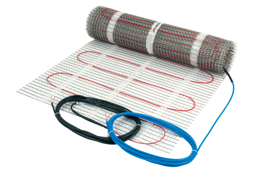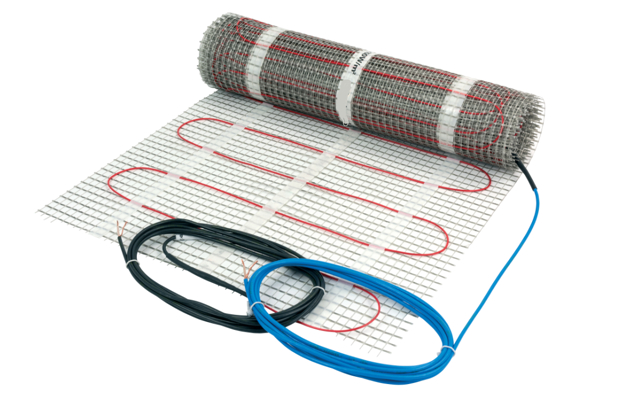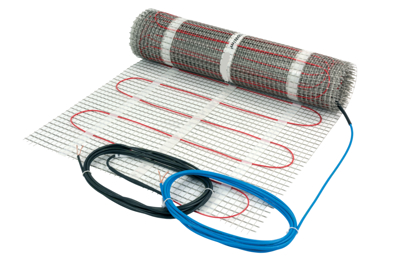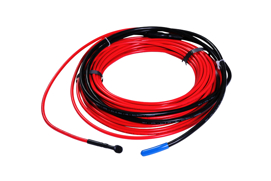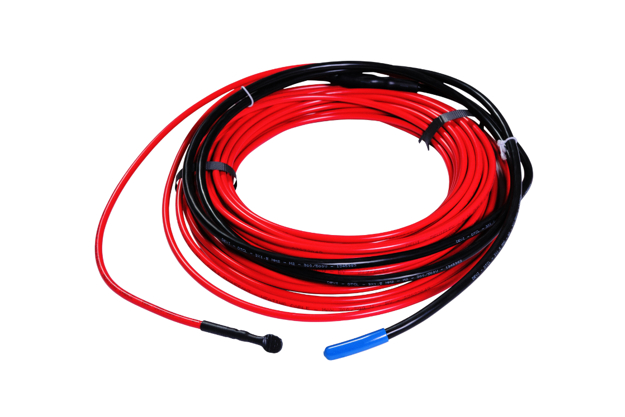
Electric Heating is an energy-efficient and environmentally friendly floor heating solution. You can use it for either newly constructed or renovated homes. Even though electric heating systems don’t require specific maintenance, we have put together a list of recommendations to consider when using our products.
In this document, the phrases:
“heating element” refers to heating cables and heating mats;
“EFH” refers to Electric Floor Heating.


You can find all our recommendations in our Installation Guides
Installation GuidesRelated products
-
if (isSmallPicture) {


 Heating Mats
Heating MatsThe heating mats are used for installation in a thin layer of tile adhesive, self-leveling mixture, or similar. The standard minimum thickness of the floor layer is 5-8 mm while the thickness of electric heating mat is 3–4.5 mm. This minimizes the floor level increase. Electric heating mats consist of a thin cable securely fixed on self-adhesive glass-fiber mesh, usually of 50 cm width. Thin heating mats are manufactured as ready-made heating sections with a specific area (i.e. 0.5, 1, 1.5 … 12 m²) including a power supply cable (cold lead) and hermetically sealed connections.
-
if (isSmallPicture) {


 Heating Cables
Heating CablesHeating cables are used for a variety of applications, including indoor comfort floor heating and total heating both for small houses as well as large commercial buildings.
Heating cables are mostly used in connection with new building or larger renovation projects.
Learning

Visit our Learning Center
Danfoss offers online training materials for technicians and designers working with electric heating. There are 6 e-lessons available free and on-demand through Danfoss Learning portal. For more information, register in our support section by following the link or find the overview of available relevant trainings in the table below.

